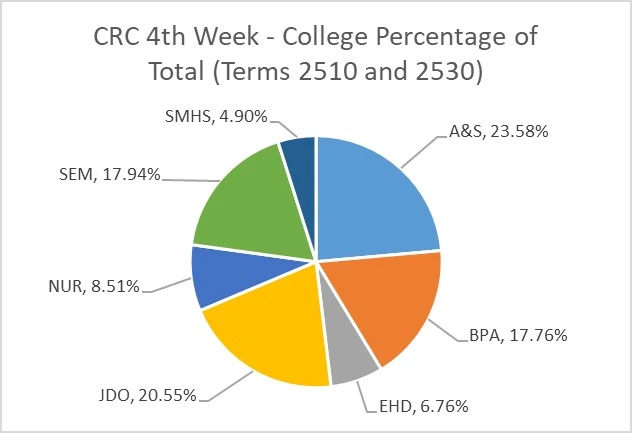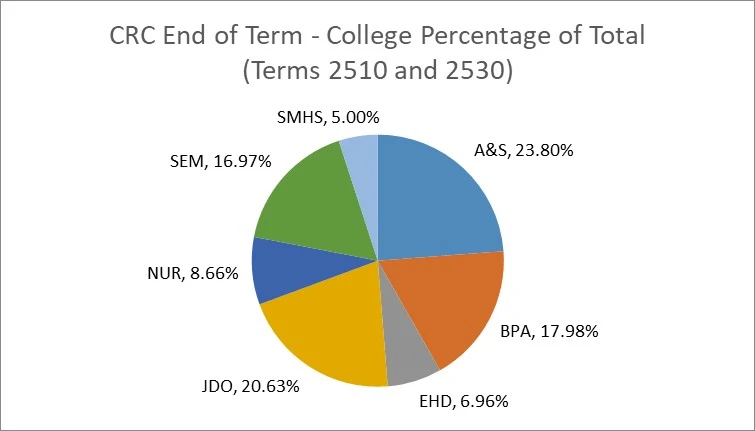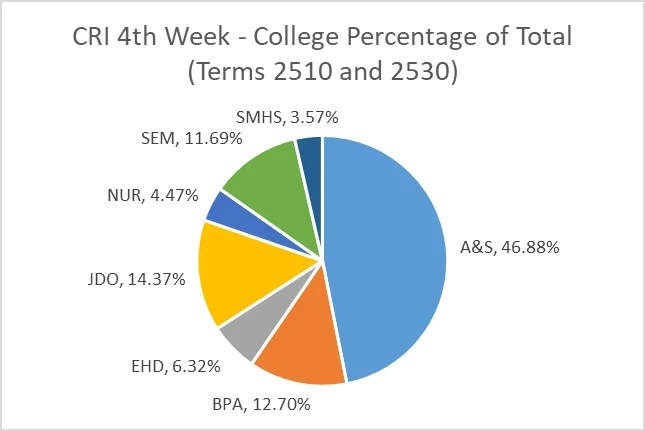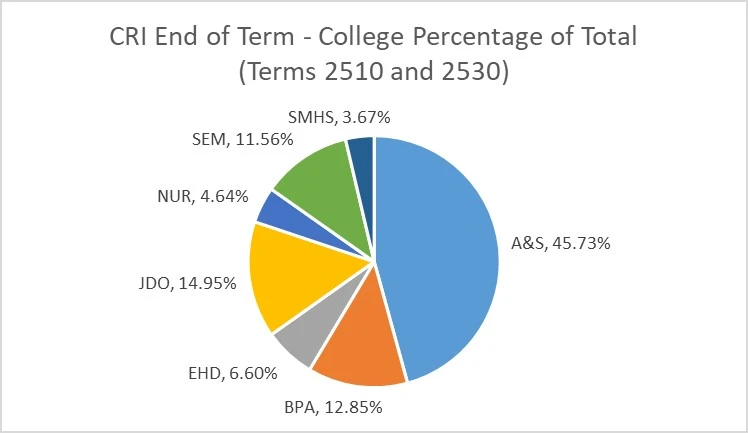MIRA Concerns vs. Reality
MIRA will fix UND’s budget challenges.
MIRA does not print money or tell us what to do with our resources. MIRA will show how we have invested our resources and if those investments are aligned with the goals of our university. In other words, it identifies how much money is UND bringing in and how much and where are those dollars are being spent. Without alignment of resources and goals, it is very difficult, if not impossible, to make progress toward those goals. MIRA does not dictate change; it is a tool for informing decisions and interpreting plans and results.
MIRA does not incentivize collaboration.
There is nothing specific in the model that incentivizes collaboration. It is true that everyone benefits from the undergraduate tuition pool and the state appropriation pool growing. If collaboration causes growth in enrollment, everyone benefits. If collaboration helps keep costs lower and enriches the curriculum by engaging subject matter experts, everyone benefits. There was no incentive for collaboration in the incremental model, and we believe collaboration still happened. Why? Because it was the right thing to do. What is different in MIRA is transparency. The allocation of tuition dollars can be more easily tracked and tied to outcomes.
Colleges are missing out on revenue by instructing students from other programs.
The College is missing out on significant revenue as a result of instructing graduate students from programs in other colleges given that graduate tuition is allocated 100% to the college of record under MIRA.
When reviewing terms Fall 2024 (2510), Spring 2025 (2530), and Summer 2025 (2540) student credit hours (SCH), the net equivalent of 644 SCH or 0.87% (644 of 73,971) student credit hours of instruction are outside of the college of record for graduate students. The net equivalent takes into account offseting college instruction and record student credit hours.
| College of Record | ||||||||||
|---|---|---|---|---|---|---|---|---|---|---|
| A&S | BPA | EHD | JDO | LAW | NUR | SEM | SMHS | Total | ||
| College of Instruction | A&S | N/A | 6 | 28 | 46 | 38 | 40 | 181 | 9 | 348 |
| BPA | N/A | 45 | 12 | 48 | 105 | |||||
| EHD | 13 | N/A | 15 | 21 | 6 | 55 | ||||
| JDO | 12 | N/A | 12 | 62 | 86 | |||||
| LAW | N/A | 0 | ||||||||
| NUR | 2 | N/A | 29 | 31 | ||||||
| SEM | N/A | 0 | ||||||||
| SMHS | 5 | 14 | N/A | 19 | ||||||
| Total | 0 | 31 | 30 | 61 | 100 | 40 | 290 | 92 | 644 | |
Reading the Chart
The vertical axis is the College that did the graduate instruction, and the horizontal axis is the College where the graduate students were earning the degrees. The College of Education & Human Development (EHD) instructed 13 student credit hours for students earning graduate degrees in College of Business and Public Administration(BPA). In total, 31 student credit hours were instructed by A&S, EHD, and JDO for BPA students.
Revenue Conclusion
The difference (0.87%) does not materially impact the allocation to warrant the additional programming needed to change the model statement. The MIRA team will continue to monitor in conjunction with the Deans. There are many ways that collaboration can be promoted and incentivized rather than just monetary. We suggest that colleges work together to create such models.
The College is missing out on significant college of record and college of instruction student credit hours by using 4th week student data instead of end of term student data.
For Fall 2024 (2510) and Spring 2025 (2530), there is a 1.08% or less change in any college's percentage of undergraduate/online college of record student credit hours (CRC-SCH) when comparing 4th week CRC-SCH percentages to the end of term CRC-SCH percentages. When aggregating CRC-SCH percentages for the year, the change is 0.97% or less in comparing 4th week to end of term CRC-SCH.
For Fall 2024 (2510) and Spring 2025 (2530), there is a 1.31% or less change in any college's percentage of undergraduate/online college of instruction student credit hours (CRI-SCH) when comparing 4th week CRI-SCH percentages to the end of term CRI-SCH percentages. When aggregating CRI-SCH percentages for the year, the change is 1.15% or less in comparing 4th week to end of term CRI-SCH.
CRC 4th Week - College Percentage of Total (Terms 2510 and 2530)
- A&S, 23.58%
- JDO, 20.55%
- BPA, 17.76%
- SEM, 17.94%
- NUR, 8.51%
- EHD, 6.76%
- SMHS, 4.90%
CRC End Term - College Percentage of Total (Terms 2510 and 2530)
- A&S, 23.80%
- JDO, 20.63%
- BPA, 17.98%
- SEM, 16.97%
- NUR, 8.66%
- EHD, 6.96%
- SMHS, 5.00%
CRI 4th Week College Percentage of Total (Terms 2510 and 2530)
- A&S, 46.88%
- JDO, 14.37%
- BPA, 12.70%
- SEM, 11.69%
- NUR, 4.47%
- EHD, 6.32%
- SMHS, 3.57%
CRI End Term - College Percentage of Total (Terms 2510 and 2530)
- A&S, 45.73%
- JDO, 14.95%
- BPA, 12.85%
- SEM, 11.56%
- NUR, 4.64%
- EHD, 6.60%
- SMHS, 3.67%
Credit Hour Conclusion
There is no material difference between the 4th week and end of term student data. The change as well as the additional wait for SCH data is too detrimental and confusing to warrant the use of the end of term data.
The College is missing out on significant revenue as double majors are not considered in the MIRA model.
Of the 11,033 undergraduate students enrolled as of 4th week in Fall 2024 (term 2510), 1,352 students, approximately 12.25% of students, declared double majors. Of those double majors, the net equivalent of 24 students or approximately .22% had a second major outside of the college of the primary major. The net equivalent was calculated to account for a student with a primary major in College A and a second major in College B that would be offset by a student with a primary major in College B and a second major in College A.
| 2nd Major | ||||||||||
|---|---|---|---|---|---|---|---|---|---|---|
| A&S | BPA | EHD | JDO | LAW | NUR | SEM | SMHS | Total | ||
| Prime Major |
A&S | N/A | 1 | 1 | ||||||
| BPA | 5 | N/A | 5 | |||||||
| EHD | 4 | N/A | 4 | |||||||
| JDO | 1 | N/A | 1 | |||||||
| LAW | N/A | 0 | ||||||||
| NUR | 3 | N/A | 3 | |||||||
| SEM | 7 | N/A | 7 | |||||||
| SMHS | 3 | N/A | 3 | |||||||
| Total | 22 | 0 | 1 | 1 | 0 | 0 | 0 | 0 | 24 | |
Reading the Chart
The College of primary major is the vertical axis and the College of secondary major is the horizontal axis. In total, Arts & Sciences (A&S) had 22 net equivalent students that they would have shared in the 40% record allocation because Nistler College of Business and Public Administration (BPA), College of Education and Human Development (EHD), College of Nursing and Professional Development (NUR), College of Engineering and Mines (SEM), and School of Medicine and Health Sciences (SMHS) were the primary major and A&S was the secondary major.
MIRA Model Conclusion
The college of record allocation is 40% of the undergraduate tuition pool and the .22% is not material to impact the allocation. The MIRA team in conjunction with the Deans will continue to monitor this percentage for materiality. For Fall 2023 (term 2410), the comparable metric was 1.8%.



